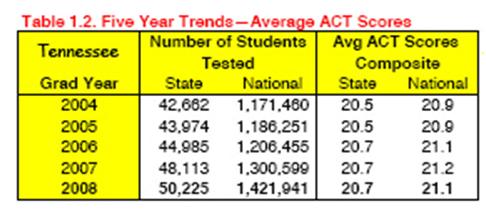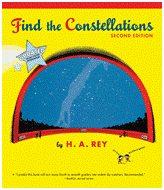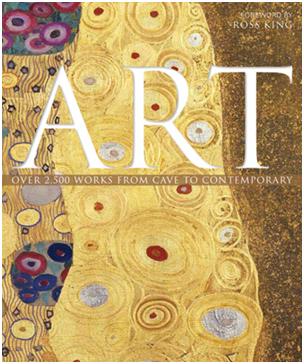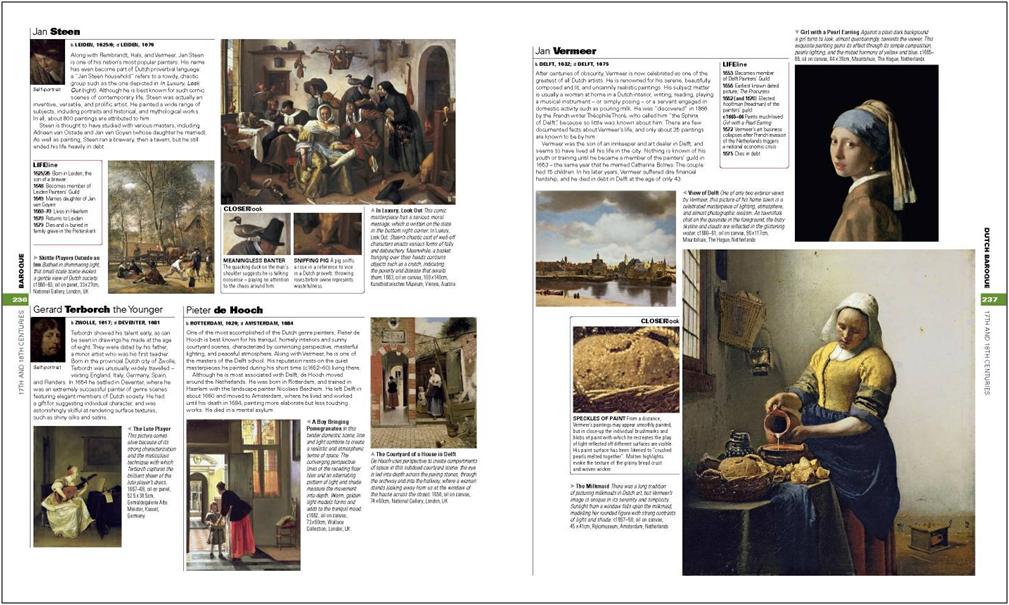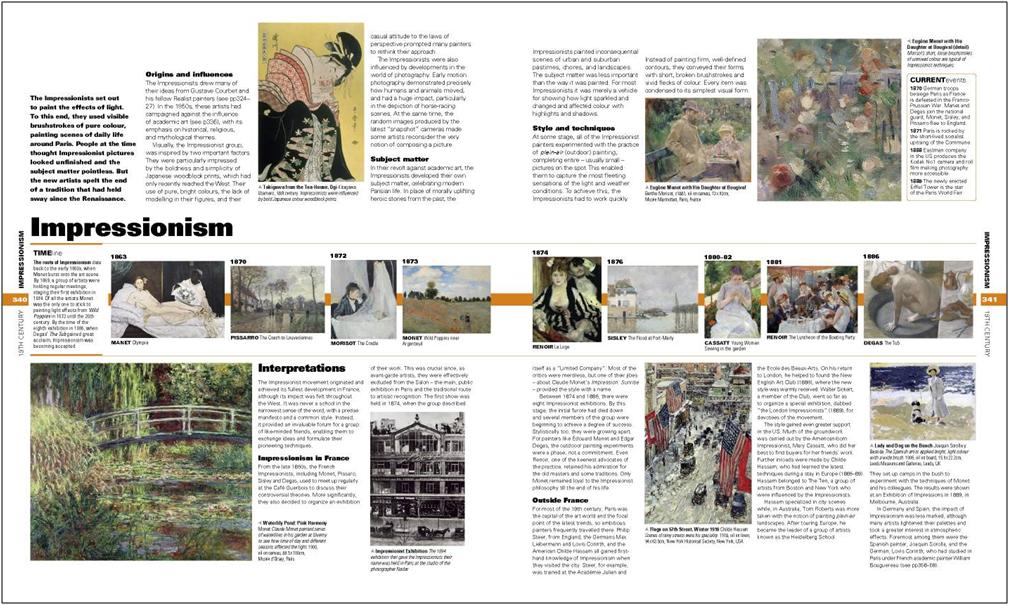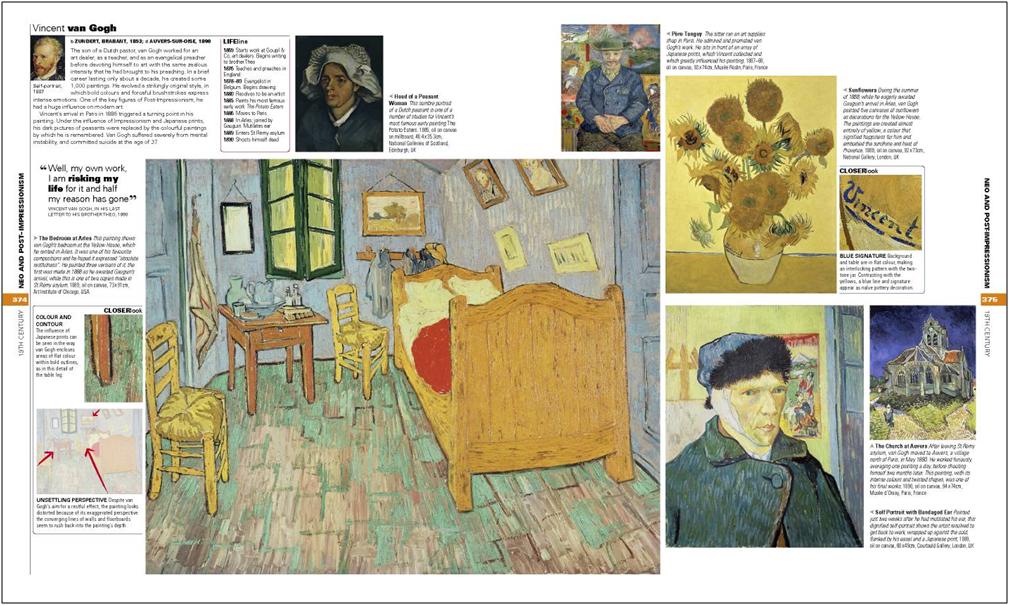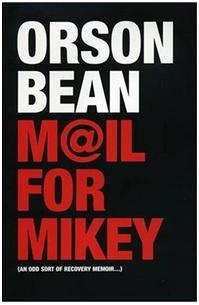 This is a brand new memoir from Orson Bean – published in September of 2008. Bean is best known as a Broadway and television actor. His career spans six decades. He had a seven-year-run on To Tell the Truth, and was Johnny Carson’s favorite guest host (and guest – he appeared over 200 times). In his own words: “Having pursued sex, drugs, and the demon rum to their traditional excess, he subsequently proceeded to (as the saying goes) find God.”
This is a brand new memoir from Orson Bean – published in September of 2008. Bean is best known as a Broadway and television actor. His career spans six decades. He had a seven-year-run on To Tell the Truth, and was Johnny Carson’s favorite guest host (and guest – he appeared over 200 times). In his own words: “Having pursued sex, drugs, and the demon rum to their traditional excess, he subsequently proceeded to (as the saying goes) find God.”
And love. He has been married to actress Alley Mills since 1993.
He’s also a gifted writer, with a wry, blunt wit.
The premise of M@IL for Mikey: An older, recovered alcoholic agrees to sponsor the son of one of his friends. The book consists of the letters/messages he sends over the course of two years as the young man struggles to stay clean and sober. We get only Mr. Bean’s messages – but can pretty easily discern the kinds of things the younger man is writing and asking about. This is a wonderful literary device, used effectively by C.S. Lewis in Letters to Malcolm and, more comically, in The Screwtape Letters.
Synopsis: Bean reveals the details of his own personal struggle as he offers sage and blunt advice to Mikey. He counsels Mikey on how to handle his new job and his relationships and never fails to offer encouragement and a closing admonition to “keep going to meetings.”
Along the way, we are allowed to read over the shoulder as Bean recounts his personal odyssey. Bean is matter-of-fact and brutally honest as he attempts to repair a strained relationship with his adult daughter, deal with the lingering effects of his own childhood (his mother drank, his dad was cruel and abusive). And the reader is drawn, irresistibly into Bean’s life as he acquires a stray dog, muses about quantum physics and the big bang theory, and befriends a never-married teacher at a local farmer’s market. This leads to a pivotal event, when, for the first time since his baptism as an infant, he is persuaded (with much kicking and screaming) into going to church with her.
In the book’s ‘M@IL messages’ Bean starts out by asserting his clear belief in God – but with a great deal of skepticism about religion in general and genuine puzzlement at the story of Jesus. As he discusses his childhood, his marriages, his children, and his own problems, Bean shows us his inner life and turmoil. He frankly discusses his battle with his own ego:
“Your ego doesn’t want you turning your life over to a higher power. He wants to keep on running things even if it kills you. He’s clever, Mikey, like the snake with the apple. He’ll make you forget to go to a meeting. He’ll convince you the dames will think you’re a wuss if you order a 7-UP.
He’s the damn devil, Mike, your ego. He hates God because when you turn your life over to him, he’s screwed. He loses his job.”
Parts of the book are laugh-out-loud funny. Parts will leave you misty-eyed.
Bean describes his motivation in writing the book this way:
“Not long ago, I was guesting on a TV show. Between takes, I sat in my canvas chair, reading a copy of C.S. Lewis’ great book, Mere Christianity. I can’t tell you how many people, crew and actors alike, came over to ask me about it. There seems to be a hunger out there, even in the television business.”
“I didn’t want a Christian house to publish my little book. What I’ve written is aimed at folks who are interested, but suspicious. They keep sniffing around, but are terrified of becoming Ned Flanders.”
Ned Flanders, for the culturally cloistered, is the too-nice-to-be-true Christian neighbor to Homer, Marge, & Bart on the Simpsons.
Some will find the language and some of the stories rough. Some may even be offended. Bean didn’t write the book for them.
To quote the author, M@IL for MIKEY was written for “the many who rarely set foot in a church but have a feeling deep down that Something created and loves them. MIKEY was written for those millions.
This will make a wonderful gift, and perhaps a way to start a significant conversation with someone you love, and want to share the good news with.
But be warned, it is “an odd sort of recovery memoir. . .”
M@IL for MIKEY
is a hardback, 176 pages and sells for $18.95. You can order it directly from Greenleaf Press by clicking on the book cover or any of the title links in this message.
10% discount offer – use the coupon code MIKEY at check out and 10% will be automatically deducted from your order.
Discount coupon can only be used once per customer and applies only to the title M@IL for MIKEY.
– Rob Shearer, Publisher
PS: Bean describes in some detail his impressions of that first ever visit to church as an adult. He like the contemporary music and the upbeat songs, and then says:
. . . the last one is my favorite: “I’m coming back to the heart of worship, and it’s all about you, it’s all about you, Jesus. I’m sorry Lord for the thing I’ve made it, when it’s all about you, it’s all about you, Jesus.”
PPS: A very fervent hat-tip to the gentle bloggers at Powerline, where a posting by Scott Johnson entitled How Orson Bean found God first brought this excellent book to my attention. I thought so much of the lengthy piece by Orson Bean quoted there that I printed it out and used it as the conclusion to the sermon I preached week before last.
PPPS: I’m an elder at my local church, and about twice a year, I preach the message, when our pastor is out of town. We have a gifted webmaster, and he’s uploaded the sermon I preached on Dec 7 (Our Identify as Slaves of Christ) to www.sermoncloud.com– where you can download it or listen to it online.
